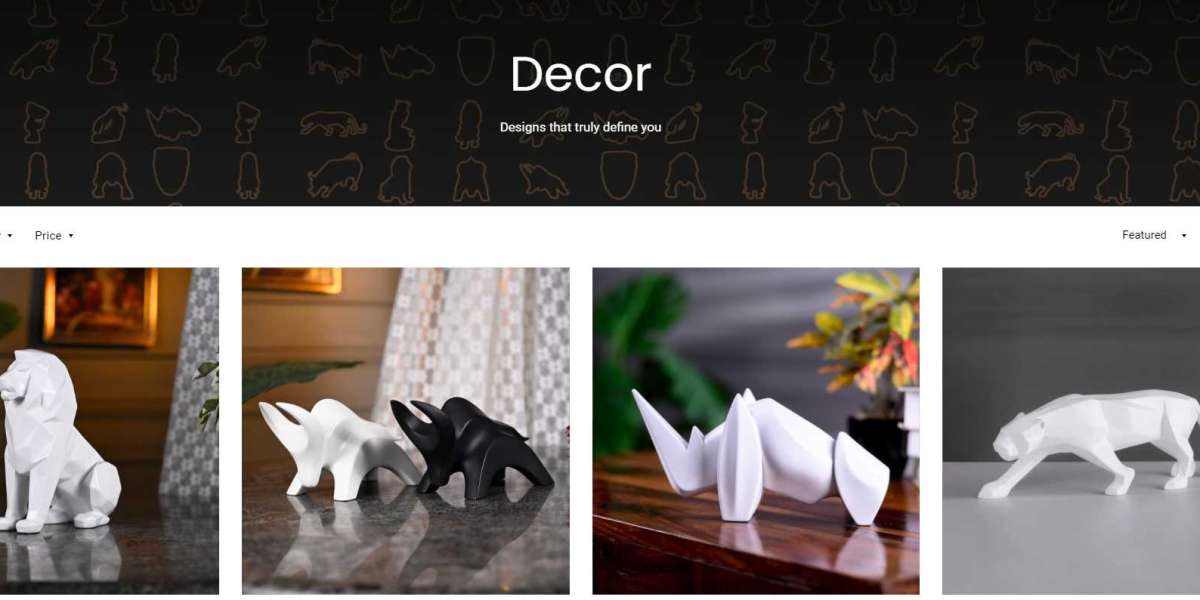India, a land of diverse cultures, rich history, and vibrant traditions, reflects its essence in the art of home decoration. Indian homes are a testament to the country’s love for colors, intricate designs, and an aesthetic that harmonizes tradition with modern living. Decorating a home in India is more than just arranging furniture; it’s about creating a space that embodies warmth, hospitality, and a deep connection to culture. This article explores the various elements of home decoration in India, blending traditional practices with contemporary styles.
1. Traditional Indian Elements in Home Décor
Traditional Indian homes are adorned with elements that are deeply rooted in the country’s cultural heritage. Some of the key elements include:
Vibrant Colors: Indian homes are often painted in warm, earthy tones such as ochre, deep reds, and mustard yellows, reflecting the country’s tropical climate and love for brightness. Accent walls, colorful drapes, and cushions in rich fabrics like silk and velvet are commonly used.
Handcrafted Furniture: Intricately carved wooden furniture, often made from rosewood or teak, is a staple in traditional Indian homes. These pieces, such as ornate coffee tables, swing sets, and cabinets, are not just functional but also serve as art pieces.
Textiles and Fabrics: Indian textiles are renowned for their diversity and beauty. Handwoven rugs, block-printed curtains, and embroidered cushions add texture and warmth to the interiors. Fabrics like khadi, silk, and cotton are often used to create a layered look.
Artifacts and Decor: Indian homes often feature traditional artifacts such as brass lamps, clay pots, and wooden sculptures. Wall hangings, tapestries, and paintings depicting scenes from Indian mythology or nature are also popular.
Flooring: Traditional Indian homes often have flooring made from natural materials like terracotta tiles, marble, or stone. These materials not only keep the home cool but also add a rustic charm.
2. Contemporary Indian Home Décor
While tradition plays a significant role in Indian home décor, modern influences are also evident. Contemporary Indian homes are a blend of old and new, combining traditional elements with modern aesthetics.
Minimalistic Design: Modern Indian homes are increasingly adopting a minimalist approach, with clean lines, uncluttered spaces, and neutral color palettes. However, a pop of color or a traditional artifact is often added to maintain a connection with cultural roots.
Smart Homes: With the rise of technology, smart homes are becoming popular in urban India. Automated lighting, temperature control, and security systems are being integrated into home designs without compromising the traditional aesthetic.
Open Spaces: Contemporary Indian homes emphasize open spaces, with large windows, open-plan kitchens, and living areas that allow for more natural light and airflow. This design philosophy is a departure from the more compartmentalized traditional homes.
Eco-friendly Materials: There is a growing trend towards sustainability in Indian home décor. Eco-friendly materials like bamboo, recycled wood, and natural fibers are being used to create furniture and decorative items that are both stylish and environmentally friendly.
3. The Role of Vastu Shastra
Vastu Shastra, the ancient Indian science of architecture, plays a crucial role in home decoration. It is believed that following Vastu principles can bring harmony, health, and prosperity to a home. Key aspects include the placement of rooms, furniture, and even colors in a way that aligns with the natural elements and energies.
Entrance: According to Vastu, the main entrance should face east or north to welcome positive energy. The door should be well-decorated, often with traditional motifs, and kept clean.
Living Room: The living room should be in the north or east direction. It is often the most elaborately decorated space in the house, with comfortable seating, a center table, and carefully chosen décor that reflects the family’s personality.
Kitchen: The kitchen is ideally placed in the southeast corner of the home. The use of bright colors like yellow and orange is encouraged to bring warmth and energy.
Bedrooms: Vastu recommends that bedrooms be located in the southwest direction, with the bed placed against the southern wall. The décor should be calming, with soft colors and minimal clutter.
4. Festive Decorations
Indian festivals are vibrant and colorful, and home decoration during these times reflects the festive spirit. During Diwali, homes are adorned with oil lamps (diyas), rangoli designs, and fresh flowers. For festivals like Holi, bright colors are splashed across the home through cushions, throws, and wall art.
5. Conclusion
Home decoration in India is a beautiful amalgamation of tradition and modernity. Whether you prefer the richness of traditional designs or the sleekness of contemporary styles, Indian home décor offers a wide range of options to create a space that is uniquely yours. By blending cultural elements with modern trends, you can create a home that is not only aesthetically pleasing but also resonates with your personal style and cultural identity.






